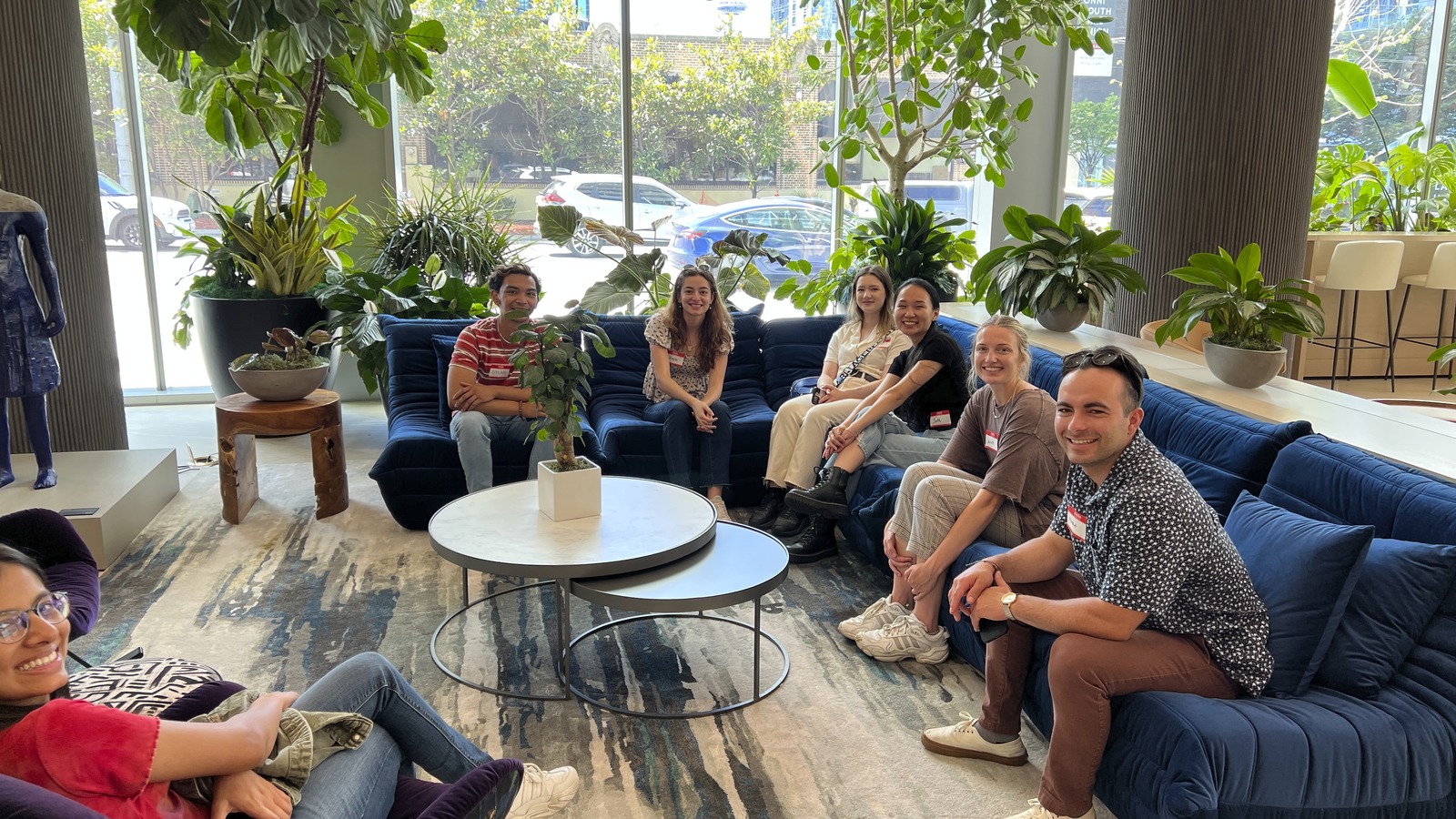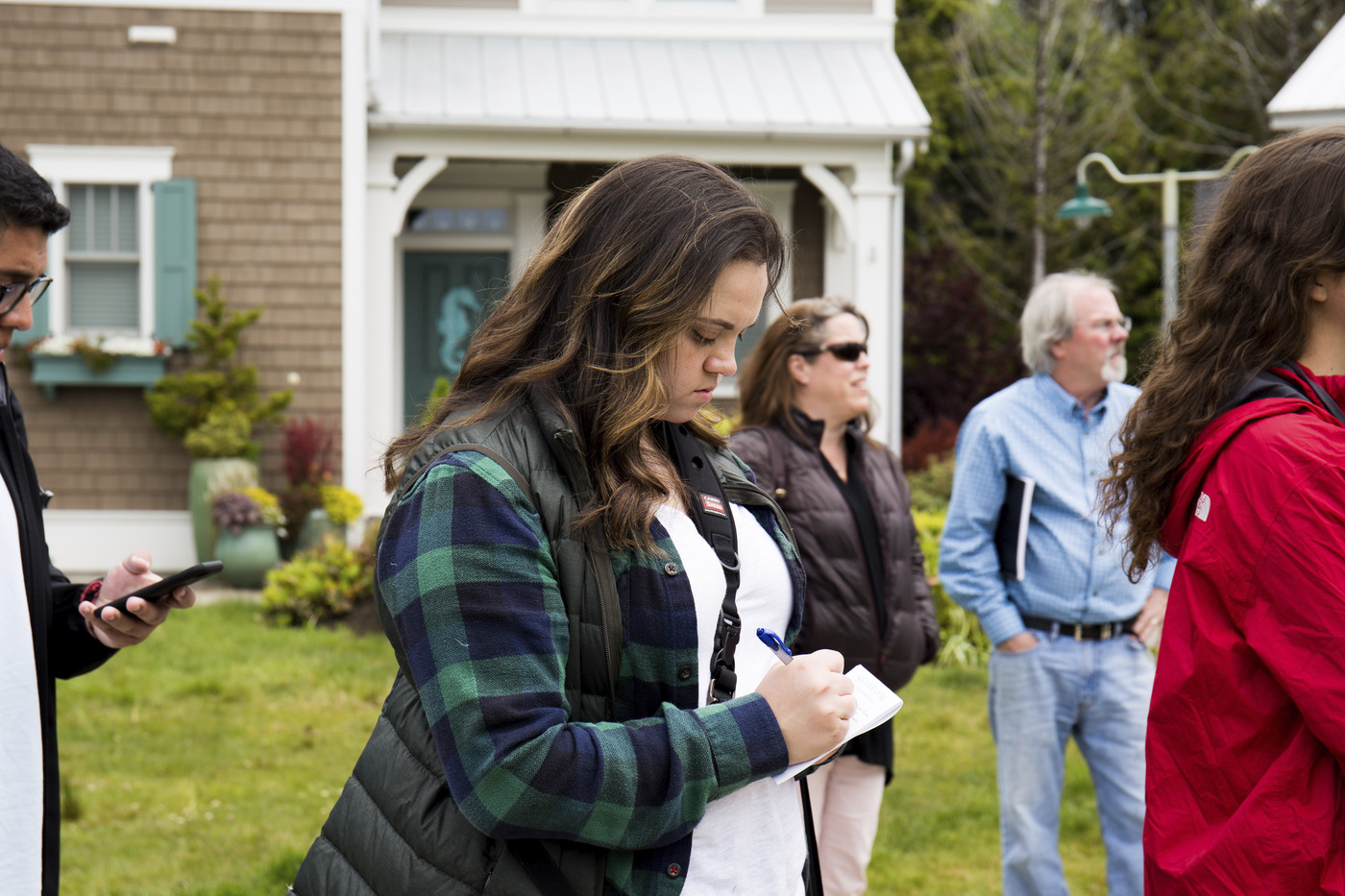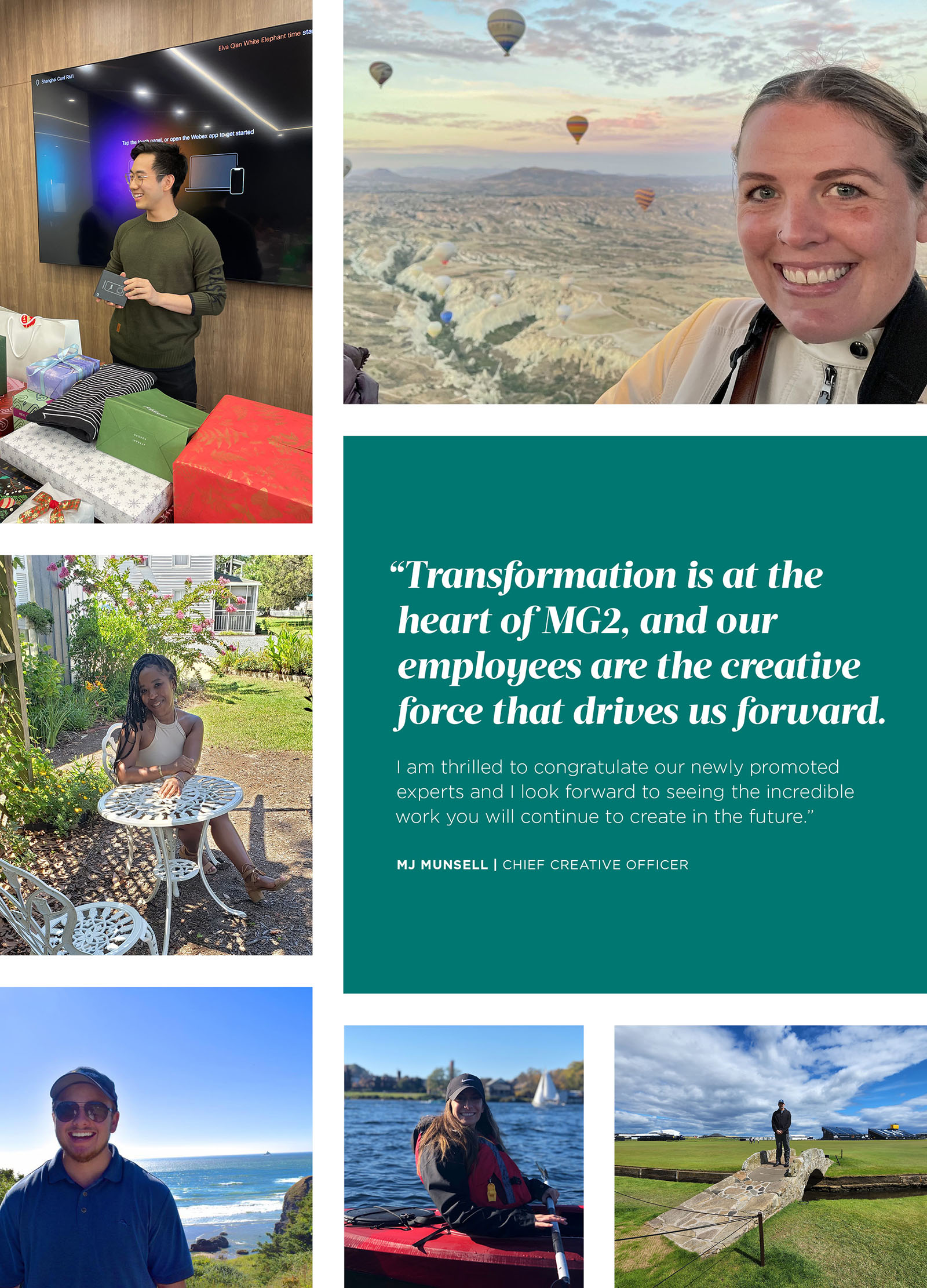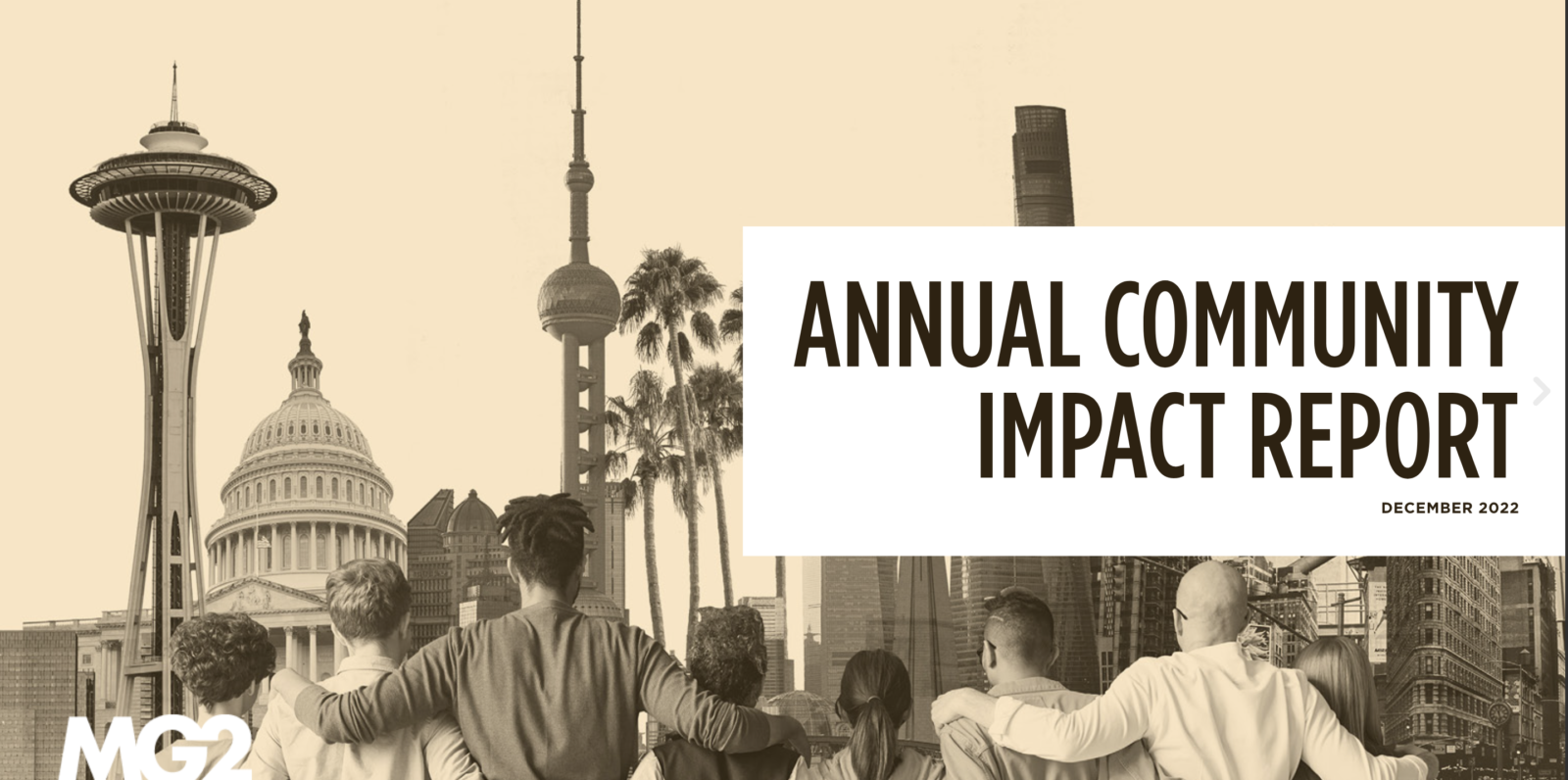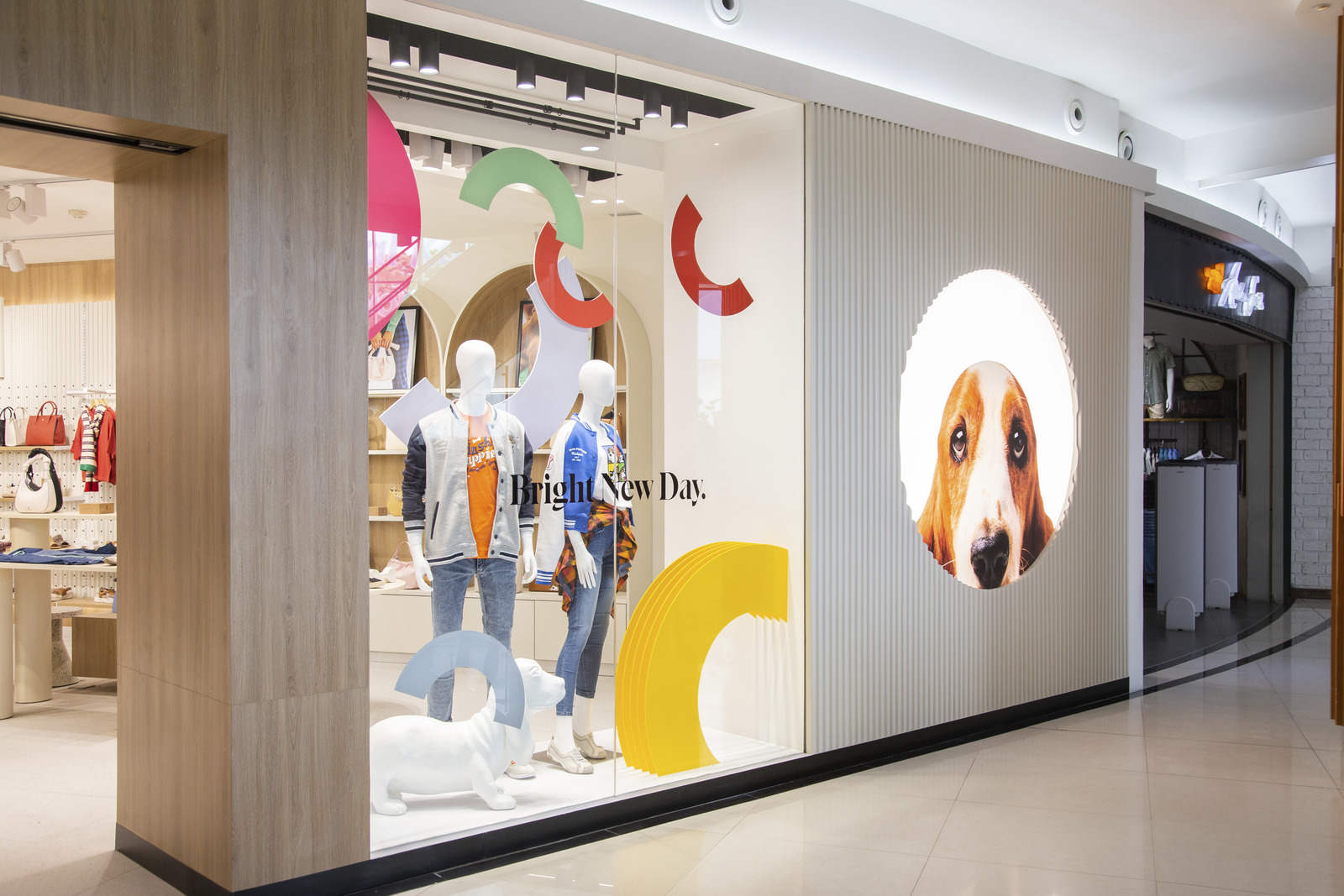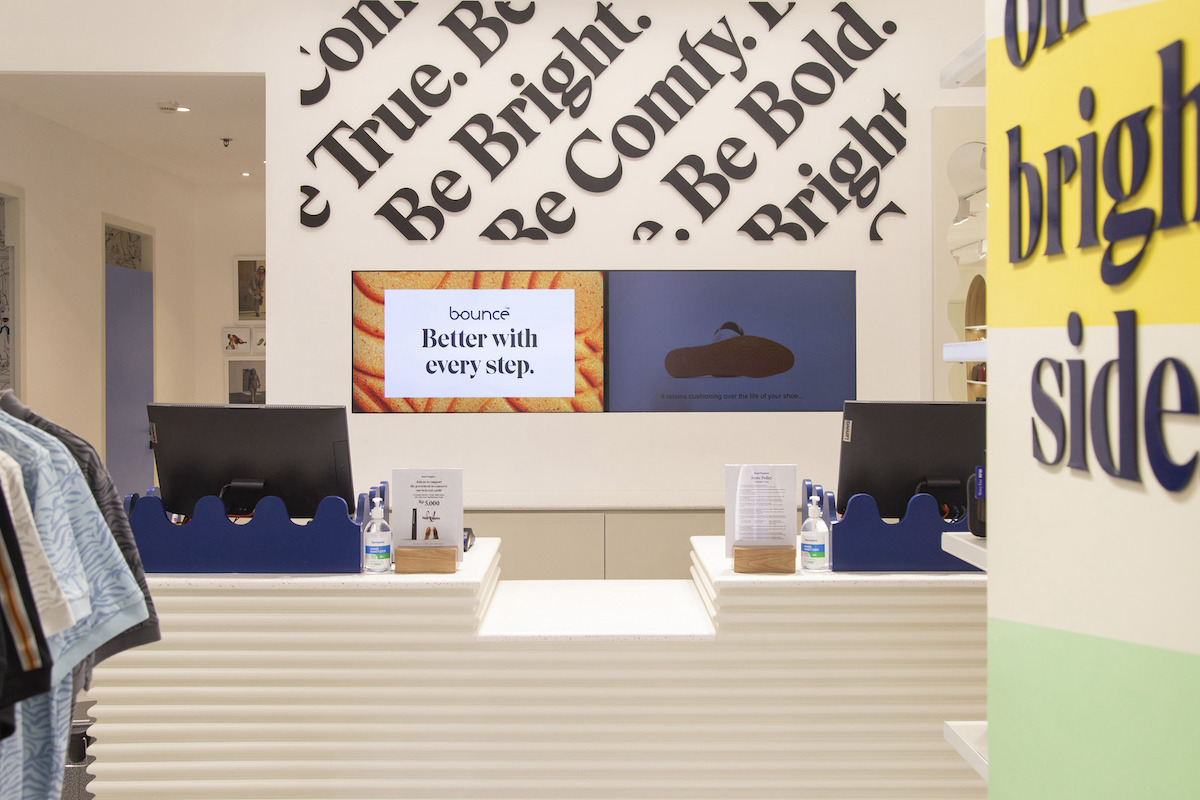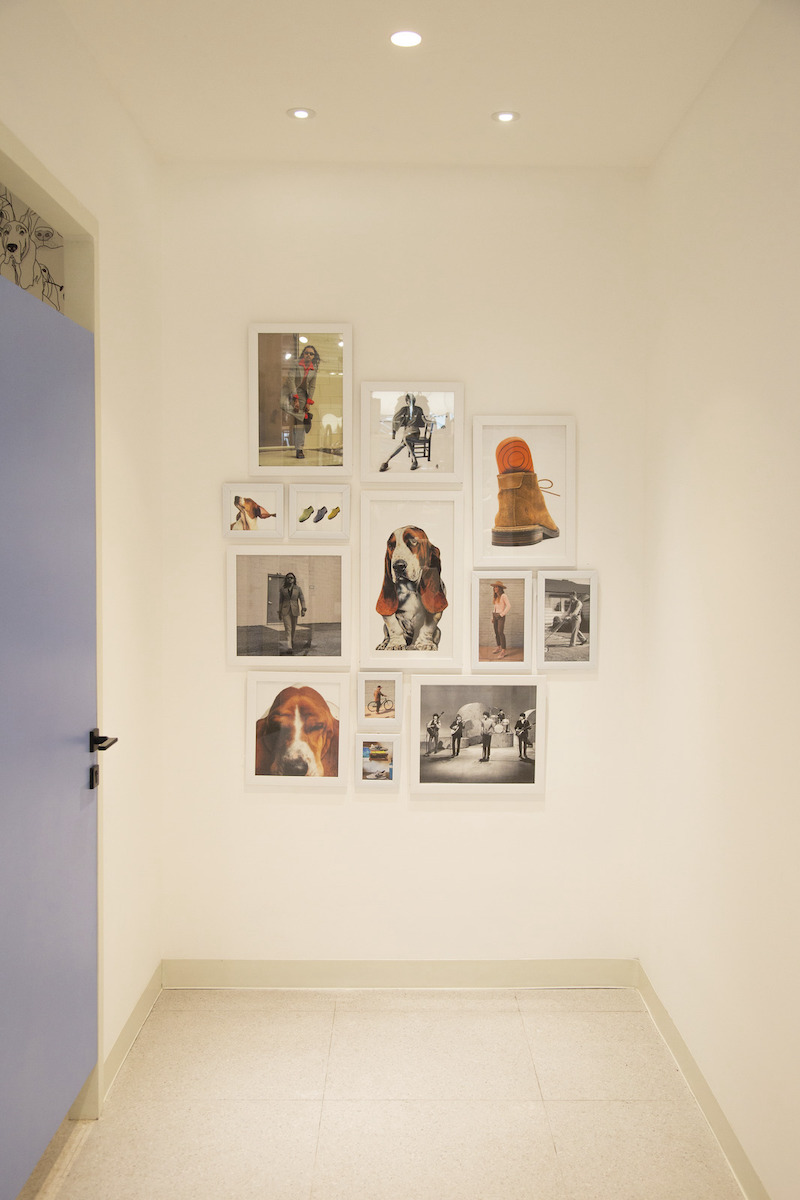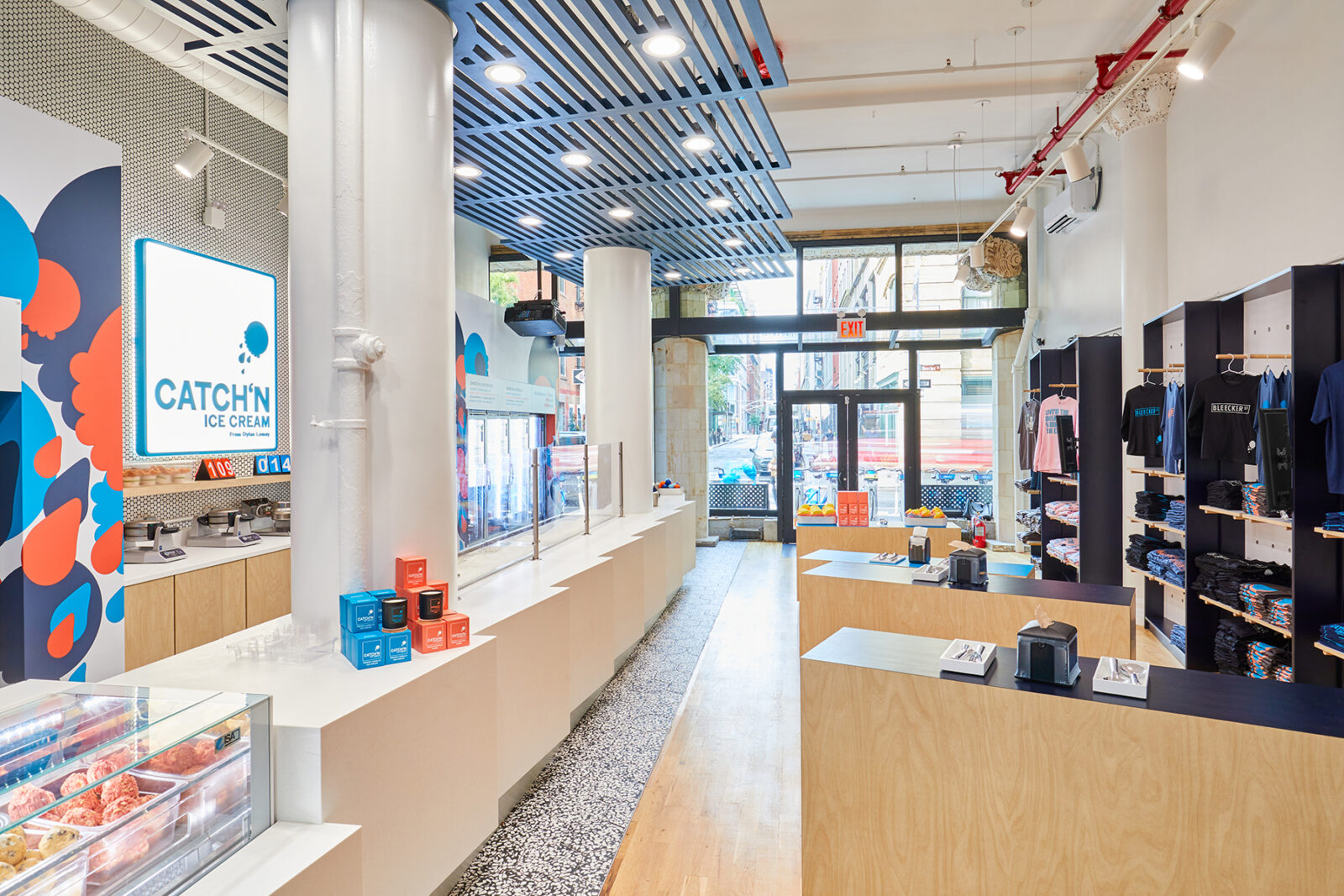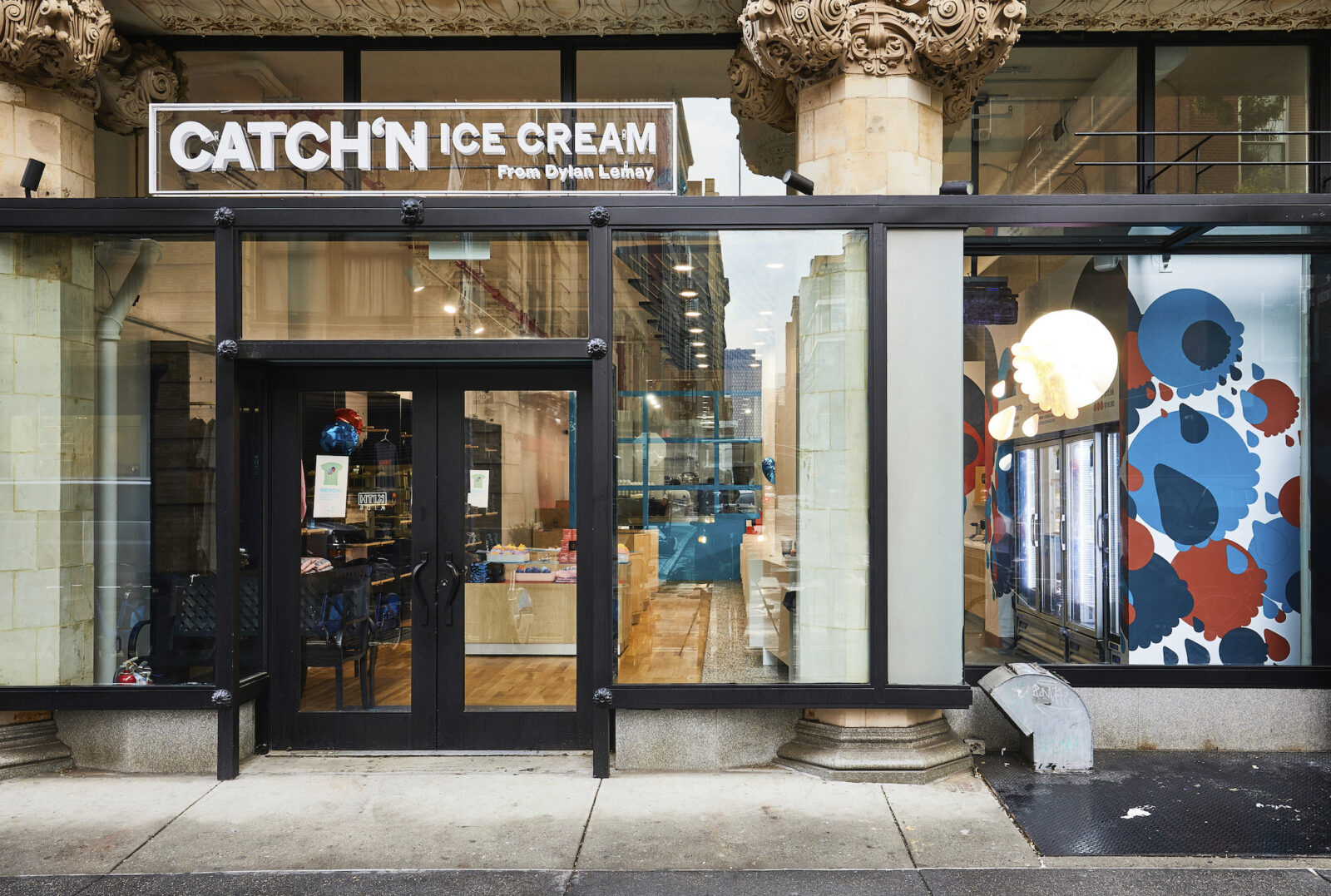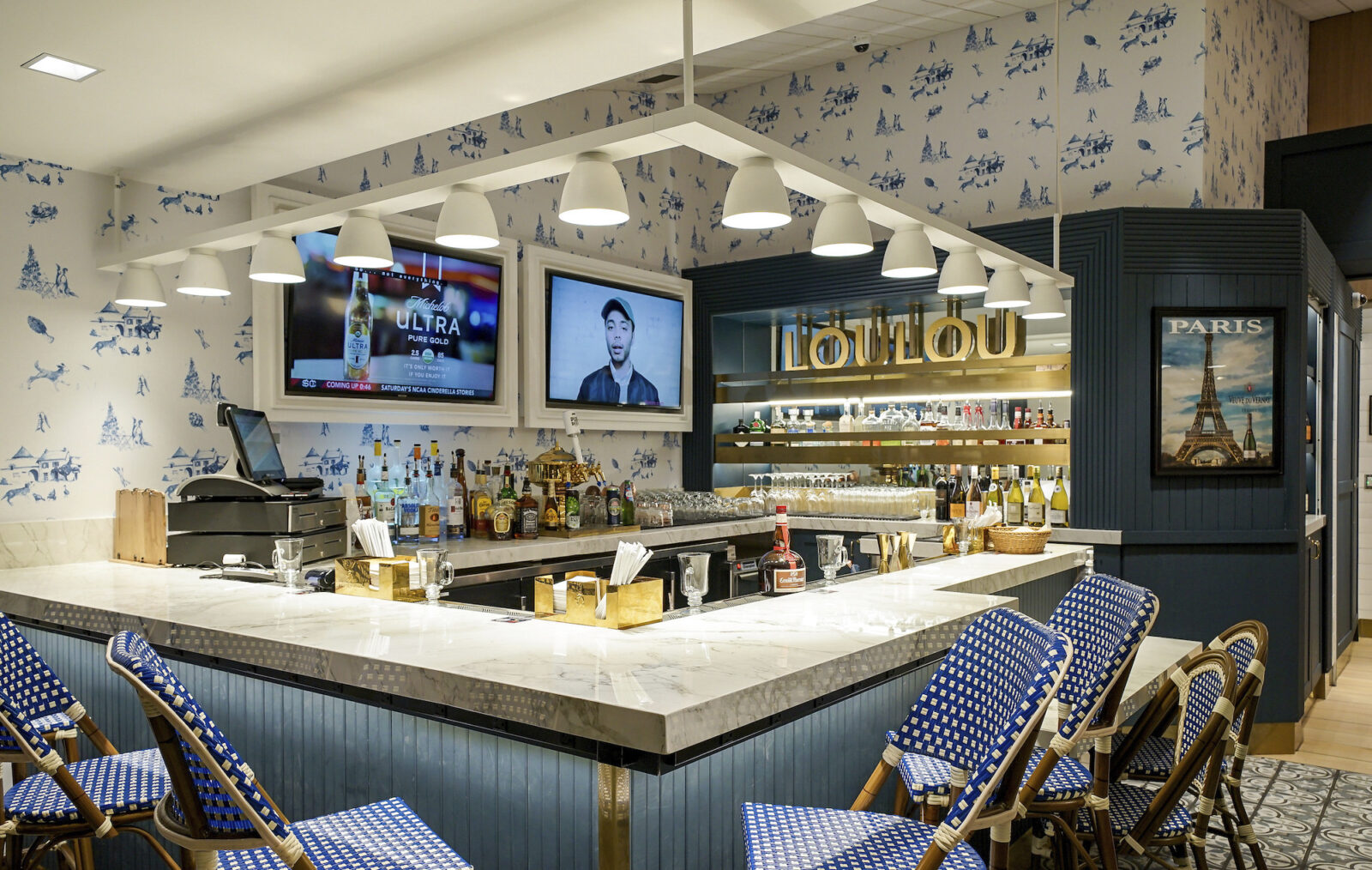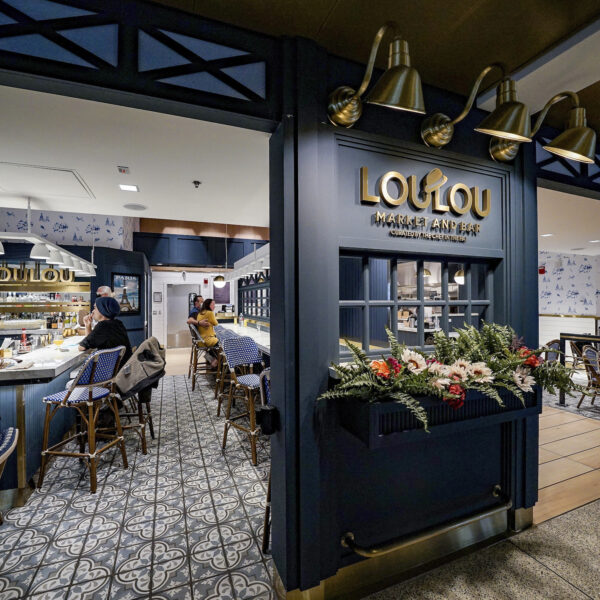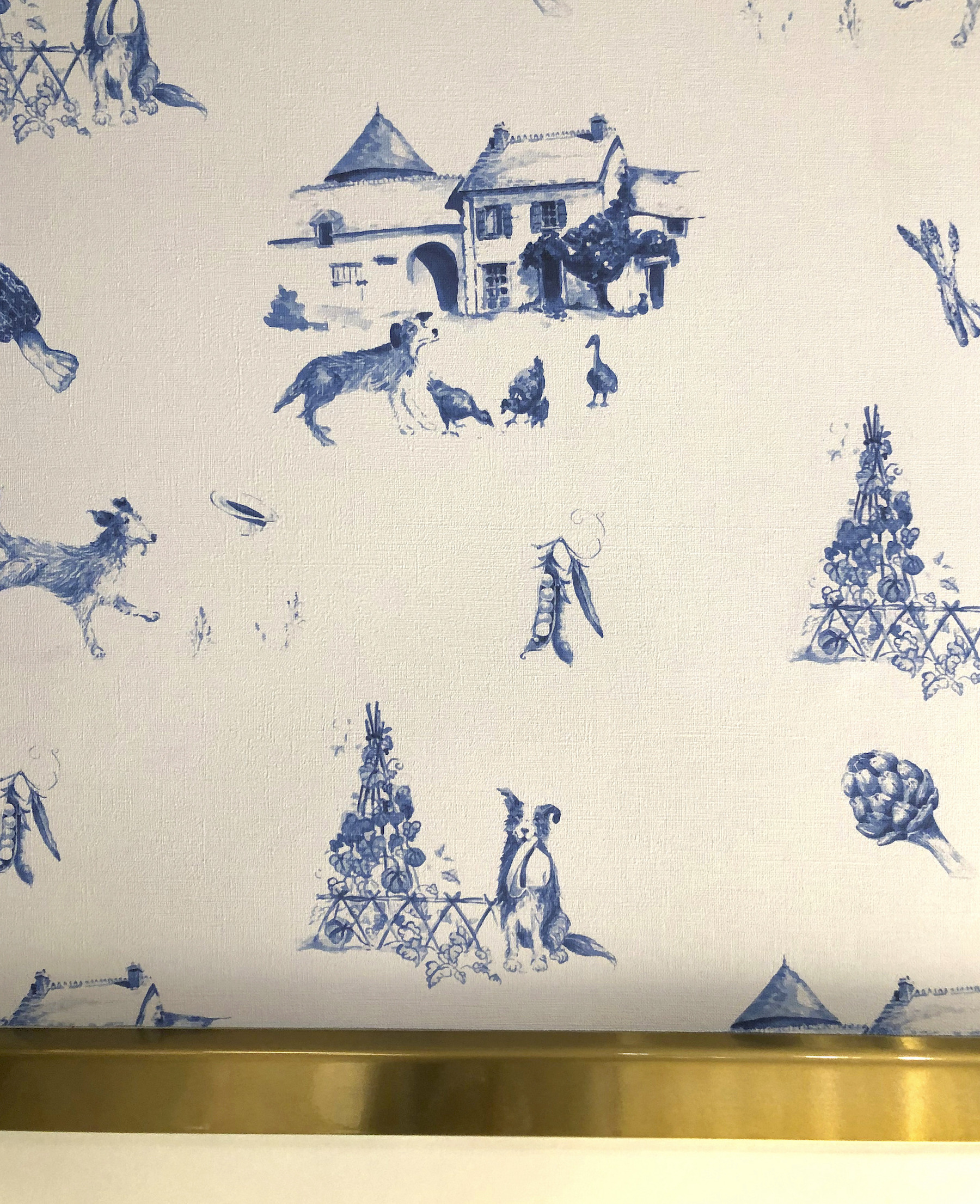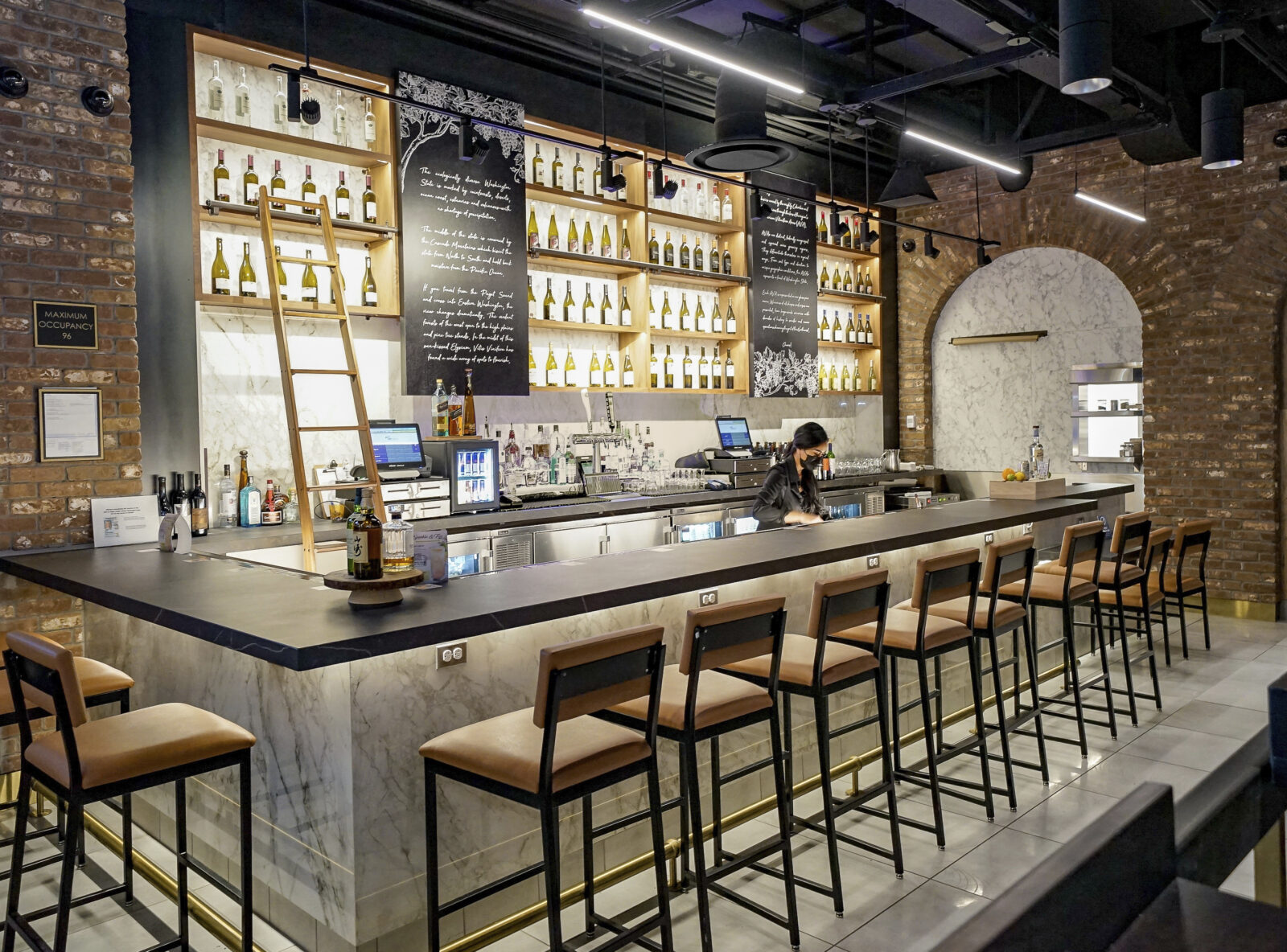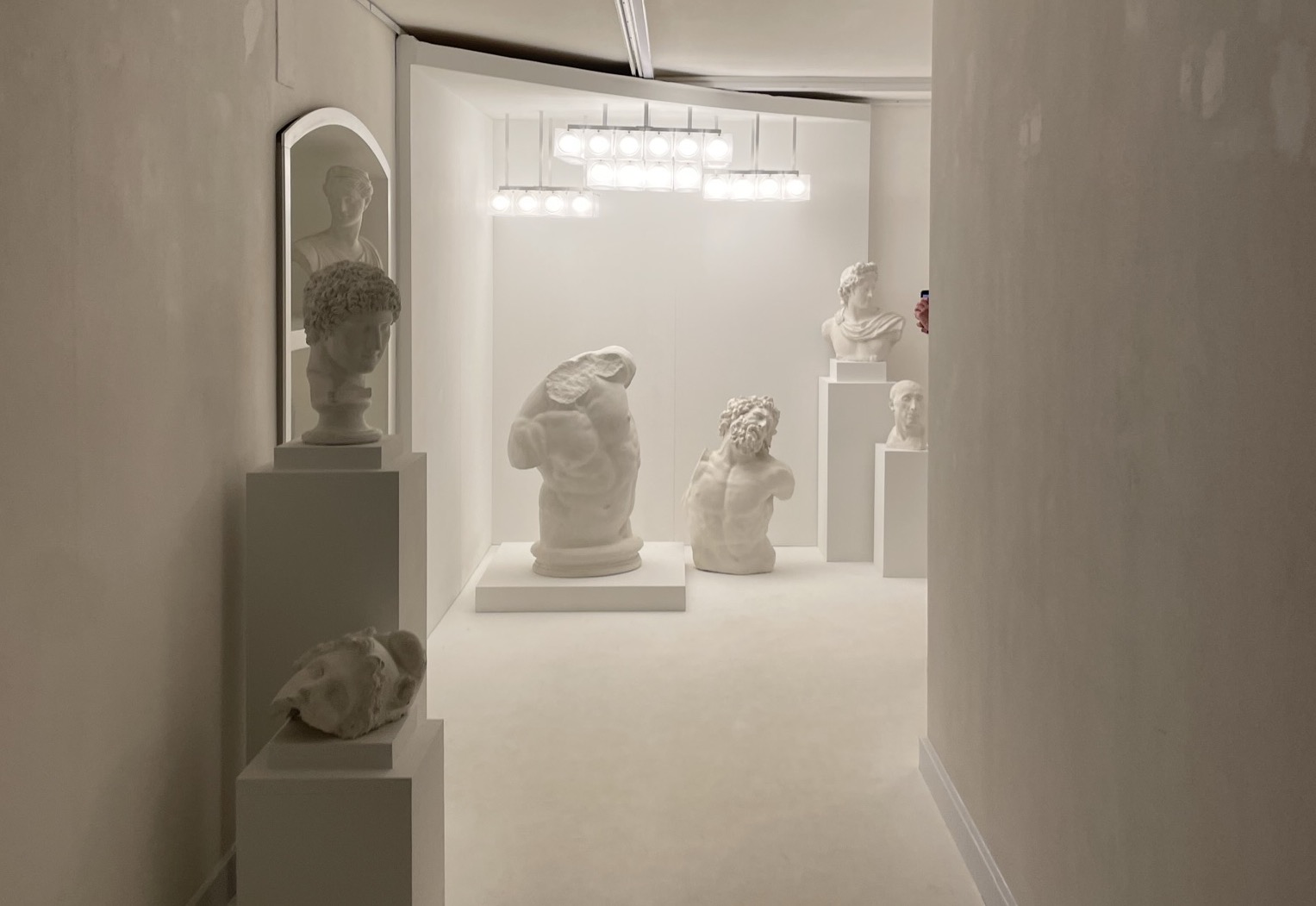How Store Design Teams are Unlocking Tangible Value from AI Platforms

“We are focused on being intentional, purposeful and as creative as possible. But you could take that same process, feed a directive into an AI tool and get these outputs in minutes. These tools are just helping optimize how it’s being done, and then it’s on us to understand the constructability,” said Melissa Gonzalez, Principal at MG2 and Founder of The Lionesque Group in an interview with Retail TouchPoints.






